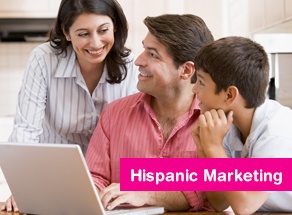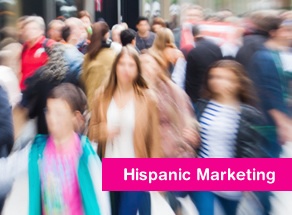Healthcare Policy
A Hospital Without Doors
11/09/2015 12:36pm | 21355 viewsIf we in the healthcare industry believe that the path to good health does not begin until someone enters the hospital, we are already starting off at a great disadvantage. That’s a failed model of healthcare for all involved: doctors and nurses, healthcare providers, caregivers and patients. It’s a model that reinforces the passive patient who doesn’t question their physician or ask for a second opinion. A model that makes patients more comfortable turning to folk cures and alternative therapies instead of preventive self-screening and proven treatment methods.
Healthcare Policy
The Hispanic Health and Wellness Opportunity: Why Understanding Acculturation is Key to Marketing Success
03/09/2015 01:03pm | 7488 viewsBy 2020, an estimated 1 in 5 Americans –or 20% of the U.S. population- will be Hispanic. This growth, coupled with the impact of the Affordable Care Act (ACA) will dramatically change the Hispanic health and wellness landscape. Historically, pharmaceutical companies and health insurance providers have not focused on the U.S. Hispanic market. But we are already seeing shifts in the health care sector as providers look to secure their fair share of the 10 million Hispanics newly eligible for insurance. Their new efforts to reach this population are evidenced by increased investments in highly targeted advertising, health fairs and even community offices designed to cater to Hispanics.
Lifestyle
Latino food purchases most influenced by family, emotional values
04/10/2013 01:10am | 10343 viewsWhile acculturation may have a significant impact on the diet of the millions of Hispanics in the country, data from The Multi-Cultural Latino Consumer study indicates the family experience is still what drives most of the Latino food purchases and choices.
Lifestyle
In the Hispanic Culture, Food is Our Bond
04/10/2013 12:54am | 10243 viewsSonia Gallegos’ earliest memory of food is of her grandmother selling groceries out of a small chest in Mexico. Gallegos’ mother also made a career in the food industry when she arrived in the United States. Inspired by her mother and grandmother, who spent their lives around food and a kitchen, Gallegos began working in a restaurant, and now possesses over 30 years of experience in the industry.
Insurance & Security
Obama Health Care Law Hinges On Latino Enrollment, Though Many Still Confused
11/10/2013 02:57pm | 8912 viewsThe debut of the Affordable Care Act's Health Insurance Marketplaces on Tuesday starts the clock on a six month race for the Obama administration to enroll Latinos, the nation's most likely group to be uninsured, and the program's most critical customers.



